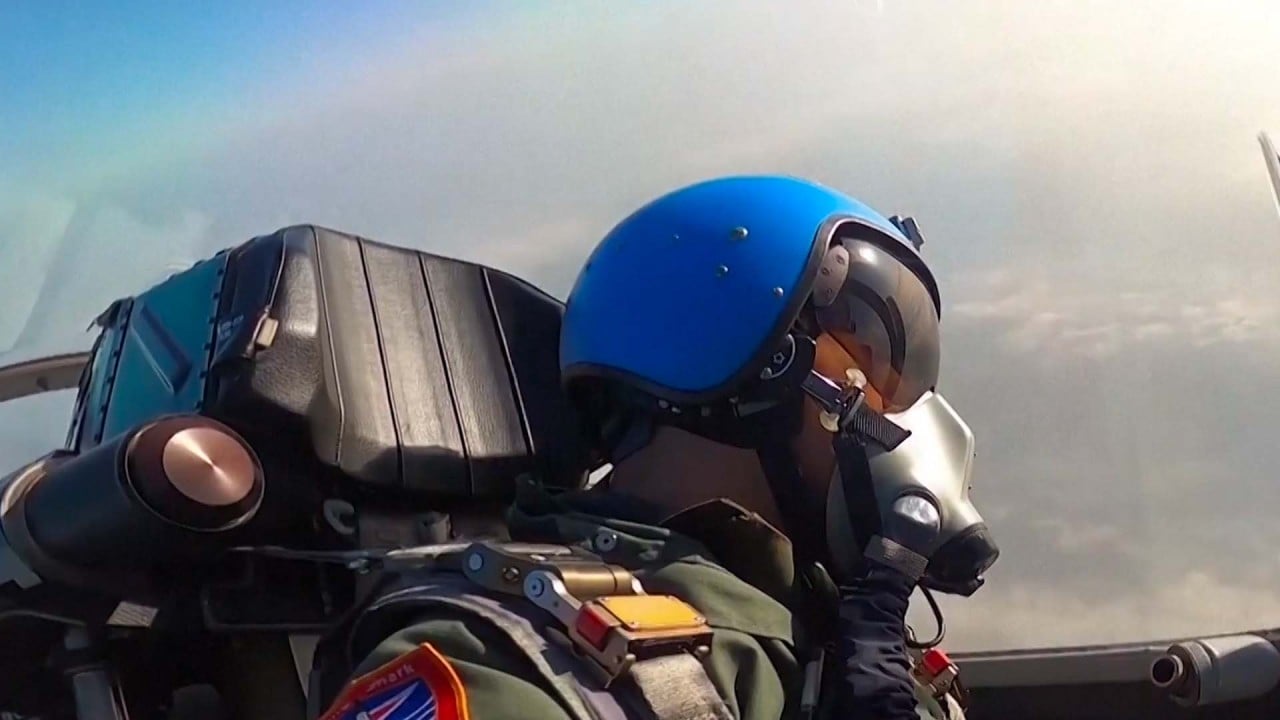Chinese navy struggles to find enough pilots for 3 aircraft carriers
- PLA needs at least 200 qualified carrier-based fighter jet pilots to operate 130 ship-borne aircraft, expert says
- Military magazine says JL-9G trainer cannot be used to simulate emergency landings on a flight deck

China’s navy, the world’s second-most powerful – with two aircraft carriers commissioned and another launched in June – is struggling to meet increased demand for qualified ship-borne fighter jet pilots, analysts said.
With Fujian, China’s third and most advanced aircraft carrier, having started sea trials last week, the PLA needed at least 200 qualified carrier-based fighter jet pilots to operate 130 ship-borne aircraft, Beijing-based naval expert Li Jie said.
“It’s full of challenges, as aircraft design and pilot training are among the world’s most difficult and complicated core technology – which no one will share with you,” Li said.
PLA Navy pilots use the Chinese-made JL-9G, a single-engine twin-seat aircraft first revealed in 2011, as a carrier-trainer variant, but it cannot be used to simulate emergency landings on a flight deck because of flaws such as being too light and too slow, Ordnance Industry Science Technology said in a report marking the 10th anniversary of the Liaoning’s commissioning on September 25, 2012. Those flaws have seen it confined to land-based simulated carrier training.
“In the past few decades, the US military was using the T-45 Goshawk carrier-qualified trainer to train its pilot cadets,” it said.
